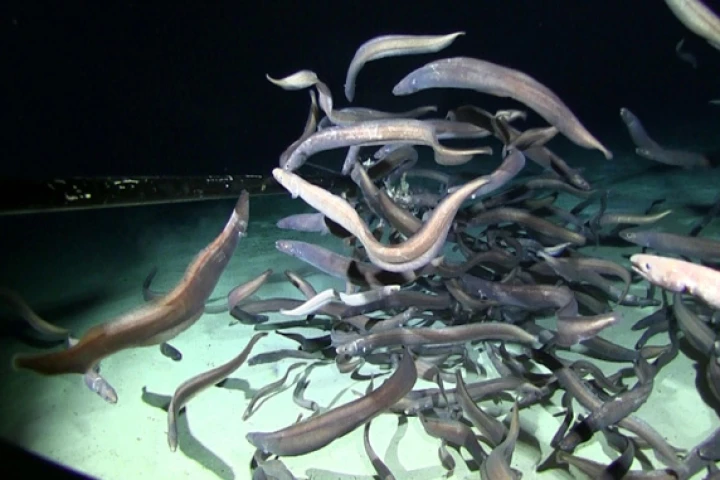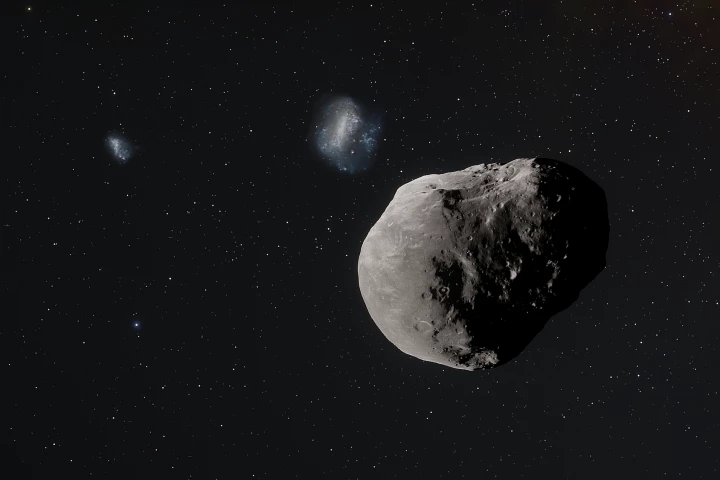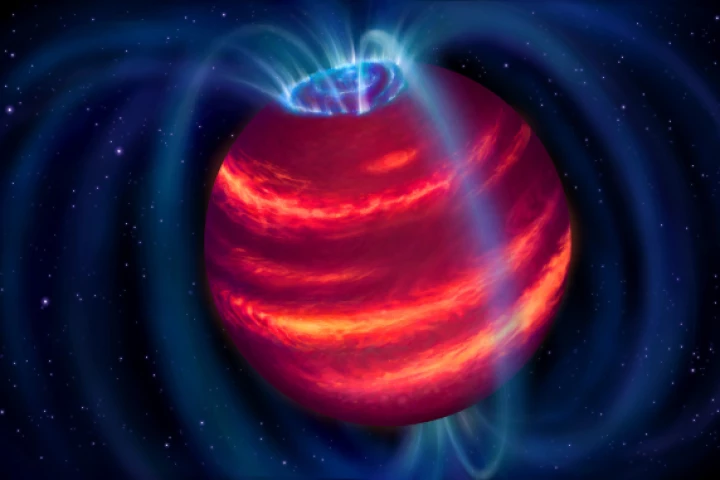University of Hawaii
-
Our gut microbes and genes are in constant conversation, shaping each other in ways that affect everything from immunity and inflammation to disease risk, according to a review of scientific evidence. It could transform how we prevent and treat illness.
-
Obesity before pregnancy, not just during, may shape a child’s brain and raise the risk of autism, a new study has found. Epigenetic changes in eggs triggered gene shifts linked to autism-like behaviors, revealing a critical window for prevention.
-
In a surprising first, researchers found that scalloped hammerhead sharks act like air-breathing marine mammals, holding their breath to stay warm when they deep-dive into cold water for food and making them vulnerable to humanity's deep-sea exploits.
-
The discovery of extraterrestrial life is most likely to come from tiny fossils on Mars. To aid that search, scientists have developed a portable device called the Biofinder that can highlight organic residue in fossils tens of millions of years old.
-
Astronomers have proposed a novel solution to one of the many mysteries of black holes – why do so many seem to be more massive than expected? A new model suggests that their growth may be “cosmologically coupled” to the expansion of the universe.
-
Restoring post-agricultural land to tropical forest can be challenging, as the pasture grasses tend to choke out the native trees. A new study, however, indicates that waste from the coffee industry gives those trees a fighting chance.
-
For a long time, Pluto was the farthest object we knew in the solar system, but it’s a cosmic stone’s-throw away compared to more recent discoveries. Now astronomers have confirmed the most distant world of all – the appropriately-named Farfarout.
-
A team of scientists from three notable oceanographic institutions has discovered the largest-ever aggregations of fish to be seen in the abyssal deep-sea region of between 9,800 and 19,600 feet beneath the ocean surface.
-
Asteroid Apophis has attracted its share of attention, with several projected close shaves with Earth in the coming decades. While most have been ruled out, a previously-overlooked factor has opened a small window for a possible collision in 2068.
-
Scientists in Europe and Hawaii have scored a world's first by detecting a "super-planet," also known as a cold brown dwarf, using a radio telescope. Located 212 light-years away, BDR J1750+3809 may help in the search for habitable exoplanets.
-
Exactly why and how the expansion of the universe is accelerating remains unknown. One hypothesis blames strange black-hole-like objects made of dark energy, and now astrophysicists have theorized how these objects work and where they all went.
-
Scientists using the Asteroid Terrestrial-impact Last Alert System telescope have discovered an asteroid that shows the property of a comet. Designated 2019 LD2, the Trojan asteroid shares the same orbit with Jupiter, yet exhibits a comet-like tail.
Load More











